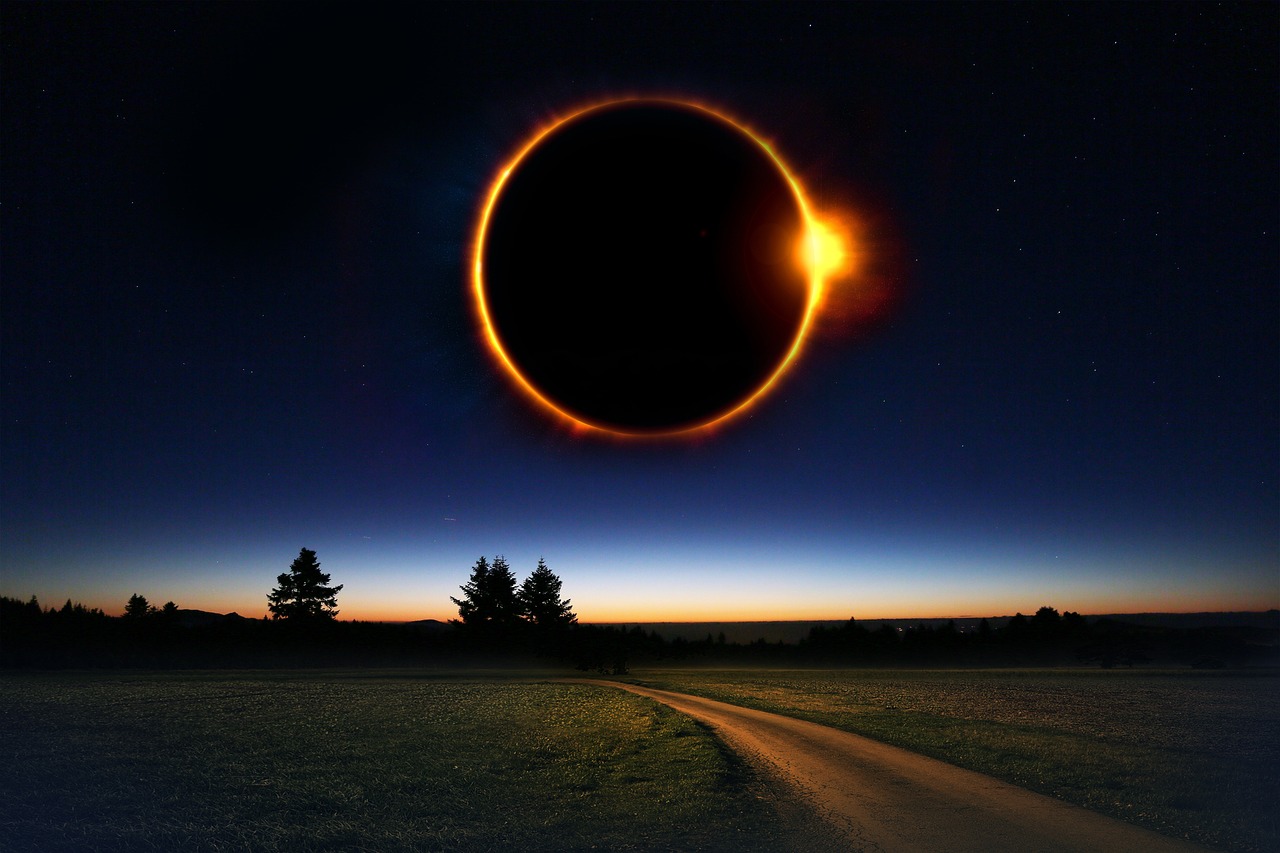Astrology
A Guide to Solar Eclipses
A solar eclipse is a celestial phenomenon that occurs when the Moon passes directly between the Earth and the Sun, casting a shadow on a part of our planet. This alignment, though seemingly commonplace, unveils a breathtaking natural spectacle, momentarily shrouding the Sun's brilliance and captivating onlookers.
Understanding the Formation of a Solar Eclipse:
The Sun, Earth, and Moon are constantly in motion, but their orbits don't perfectly align. However, twice a year, the Moon aligns itself precisely between the Sun and Earth, casting a shadow on specific regions. This alignment, called an eclipse season, is crucial for witnessing a solar eclipse.
Types of Solar Eclipses:
Depending on the Moon's position and distance from Earth, we can experience different types of solar eclipses:
- Total Solar Eclipse: When the Moon completely covers the Sun, plunging the day into temporary darkness within the path of totality, a narrow band on Earth's surface. This is the most dramatic and sought-after type of eclipse.
- Partial Solar Eclipse: In this scenario, the Moon only partially blocks the Sun, leaving a crescent-shaped visible portion.
- Annular Solar Eclipse: When the Moon's apparent size is smaller than the Sun's, it creates a ring of fire effect, where the Sun's outer rim remains visible as a bright ring around the Moon.
Preparing for a Safe Solar Eclipse Experience:
While witnessing a solar eclipse can be a thrilling experience, it's crucial to prioritize safety. Here are some essential steps to prepare:
- Never look directly at the Sun: Even a glimpse of the Sun's unfiltered light, even during an eclipse, can cause permanent eye damage.
- Invest in special eclipse glasses: These glasses have specifically designed filters that safely reduce the Sun's intensity to safe viewing levels. Ensure they comply with international safety standards, such as ISO 12312-2.
- Seek professional guidance: If you're unsure about safe viewing methods, consult astronomers or reputable organizations for advice.
- Plan your location: If you're chasing a total eclipse, research the path of totality and plan your travel accordingly. Remember, only within the path can you experience complete darkness.
By understanding the science behind them and taking proper precautions, solar eclipses can be a safe and unforgettable astronomical experience. So, the next time the Moon throws its celestial shadow on Earth, be prepared to witness the awe-inspiring dance of these celestial bodies.
